 What is Stock Photography?
What is Stock Photography?
As a stock photographer, you’re licensing your work for usage by commercial and editorial agencies. This article will focus on stock photographs, but it can also include vector images, videos, and even audio files. Stock images are very useful for commercial use because with paid access to an image library they can download an image appropriate to an advertisement rather than paying a photographer to make an entirely new image for them.
These businesses are known as “microstock” agencies since they provide huge libraries of content, some of which may be lower quality content, at a reduced rate. This is different from the higher quality, on-demand work of traditional stock photography.
News agencies make use of microstock photography for editorial use as well. Rather than sending an agent to Syria, they may pull a stock photograph of the city in question from Shutterstock’s library. Because editorial stock photos aren’t nearly as common as commercially licensed ones and the rules on content like people and trademarks aren’t as strict, it’s a great place to start if you’re new to stock photography. But first, let’s talk about the basics.
Stock Photography Considerations
Money
The thing about stock photography is that it takes time to get the ball rolling. Passive income is one of the best ways to secure your future as a photographer when you don’t have shoots lined up. Not only are you studying new forms of photography and creating art but the images that would otherwise be sitting on your hard drive taking up space are instead generating you money.
Stock images don’t usually pay a lot; depending on the type of image, stock agency, and the license paid for by the buyer, you’re probably going to make between 25 cents to $1 per image. This also goes up with the popularity of the image as well to keep you submitting quality work.
So think in terms of a snowball effect. The more images you have available in your portfolio, the more income you’ll generate over time.
Many stock photographers will concentrate their efforts on a single stock website while others suggest spreading non-exclusive content across several websites. If you have the time and dedication to do so then spreading your content via multiple sites is the best way to make the most money from microstock.
Stock photographers that make the most money even use third-party websites, like Stock Submitter, to upload to multiple websites at once. Considering how many stock sites there are and how much hassle it can be to create keywords, classifications, titles, descriptions, and manually upload each image or sets of images, Stock Submitter is an invaluable resource for the professional stock photographer.
Models
Stock photography can also include people, but it gets a touch more complicated at that point. Any image that has people and is licensed for commercial rather than editorial use must include a model release. Model release forms are available on the website of any stock agency you shoot for and are 100% mandatory to avoid future legal action for using someone’s likeness and making money off of it without their permission.
If you’re shooting with a model, then you’ll also need to give direction based on what you’re trying to create. Lifestyle photography is a popular choice, as are portraits in traditional garb. Studio and fashion photography can yield great images, and even hand modeling exists; after all jewelry like rings look so much nicer if the hands wearing them have perfectly manicured nails and flawless skin.
Some stock photographers even use themselves in the studio for poses and concepts to avoid paying or organizing a shoot with someone else. Even if you are your own model, a model release is still necessary since the microstock agency isn’t going to know that’s you.
Editorial stock images featuring people’s faces don’t require model releases since news agencies use them. But because they can’t be used for commercial or promotional content, the pay rate is often lower.
Brands and Logos
Stock photographs that aren’t for editorial use cannot have branding or logos from another company as they are trademarked. While a photo could show Cola-Cola being poured into a glass, if the logo on the can is visible, then it won’t be accepted by the agency.
Key-wording
One of the most important ways to generate exposure is key-wording. While taking beautiful images is important, it will mean next to nothing if buyers can’t locate your photographs. Remember that you’re competing with literally millions of other images. If you take a photograph of a beach and your keywords are “beach,” “travel,” and “sunshine,” well, you’ll be at the bottom of a pile of 10 million other images.
Instead, you’ll want to add keywords like “Thailand,” “Thai beaches,” “digital nomad,” “beach holiday,” “Patong Beach,” “Phucket,” etc. Specific terms are necessary so someone looking for specific content will be able to find your work. Browsing the most popular stock images an agency has is another great way to figure out what’s selling and what keywords to use.
Once you start getting hits, many agencies provide data for the photographer to use as feedback to determine how people found the images. You’ll see what keywords they used to locate and purchase your photograph so you’ll be better equipped to tailor your keywords to hot or niche markets.
You’ll want to avoid synonyms and pluralization unless it’s extremely relevant to the pictures. You do not need to use butterfly and butterflies, for example, unless the photo contains multiple butterflies. Think about how someone might interpret the picture, as well. A photo of luscious red lips biting into a strawberry could be used by a food advertisement – or it could also be a lifestyle image for another agency. So you’ll want to choose your keywords accordingly.
Lastly, there’s also the classification of the photograph. When you upload the image, you’ll be asked to categorize it. Typical categories include business, nature, travel, food, people, religion, and many more. Some agencies only allow you to use a single category while others may use two or more per image.
Understanding how to keyword and categorize your images is even more important than the image you take. If you miscategorize or use poor keyword choices, then buyers will never see the photograph, no matter how amazing it looks.
Technical Considerations
Whenever you submit images to a stock website, be aware that even photographers that are good in other fields and know all of the usual techniques may find some of their images rejected by the agency. While it may be a shock at first understanding what agencies and clients are looking for will help increase your acceptance rate and create images that sell.
Stock photos need to be not only attractive, but technically flawless. To do so, stock photographers usually use light boxes, studio lights, and infinity backgrounds to perfectly control every aspect of the scene. Noise needs to be as non-existent as possible, megapixel counts should be high to allow for expansion or cropping and digital editing, and colors should be vibrant without being over saturated.
Tripods are mandatory for any studio work, stock photos included, to maximize sharpness. Remember that most stock photo reviewers will be pixel peeping, checking corners for sharpness, deciding how well you hit the focus on your subject, etc. Images that might have sold for art prints may not make the grade here.
Light tents are a great place to begin. A light tent is essentially a miniature studio – you’re using great lighting, a proper background, and a camera on a tripod to generate precisely the image you’re looking for. Product and food photography makes the most use out of light tents – we want multi-directional, even lighting to illuminate the subject fully. Light tents use plastic or fabric to diffuse the incoming light as well.
Diffused lighting has the advantage of reducing or eliminating harsh shadows and evenly lighting a subject. DIY light tents using clam lamps, a wooden frame, poster board, and white fabric can be created for minimal cost and are an excellent way to dip one’s toe into the stock photography world.
The background depends mostly on your subject matter. You may prefer using a cutting board, knives, and seasoning if you do a lot of food stock photography. A simple black or white background works nicely for drinks or shooting food from above or the side.
Infinity backgrounds (using a solid color background that curves from the foreground backward) create the illusion of an object floating in space. These are useful for graphics artists looking to quickly separate the desired object from the plain background for layer-based applications like Photoshop. Overall, light tents are strongly recommended for consistency in terms of lighting and flow if you’re creating a high volume of indoor stock images.
Keep in mind that stock photography can encompass far more than light tent images. Nature and travel photography are also popular stock search categories. Nature photographers tend to use high-resolution cameras stabilized on tripods – images of famous locations or ones that are in recent news can very easily generate large amounts of income.
Even if you achieve a perfect stock photo from a technical standpoint, there’s no guarantee that the image will be accepted. If the agency is currently experiencing market saturation in “orange juice splashing into a glass,” then your image will likely be rejected. Sites like Dreamstime and Shutterstock will often release blog posts and email bulletins (not to mention forum activity) on what’s selling and what isn’t so it pays to be aware of what’s hot and what’s not.
Think Volume & Diversity
Remember that even if you don’t necessarily like an image yourself, someone else just might. The most popular of your images will almost certainly not be the ones you’d expect because other people have different needs from you. Some of my top selling images include a bowl of noodles, freshly netted live shrimp, and photographs of a cactus arrangement from a botanical garden. As it turns out, “Xeriscape” is a very popular keyword that not many stock photographers are covering.
While many stock photographers specialize in, say, human models or food photography, unless you have a type of photography you love, consider branching out into several styles to see what sells. Branching out also exposes you to new photography styles and techniques that you would not otherwise try. Even if the images don’t sell, you might discover a new love for studio work or landscape photography!
Popular Stock Photography Websites
Here’s a breakdown of three of the largest stock photography websites. Keep in mind that there are literally dozens on the market at the moment, several of which are owned by these three giants. You may think you’re submitting to 500px Prime when actually it’s under the Getty Images umbrella. But most stock photographers start with one of these three stock agencies.
Shutterstock
Shutterstock is easily one of the biggest names when it comes to stock photography. With over 70 million images available for download covering nearly any genre imaginable it’s a fantastic website to start building a passive income media library.
The sign-up process is straightforward, though not instantaneous. You’re required to provide proof of identity in the form of a government ID in addition to the usual name and email address. They verify the information then request that you upload ten photographs to showcase your ability. So long as they accept 7 of them, you’re then able to become a Shutterstock Contributor.
Contributors earn money per license download based on how high your Lifetime Earnings are. Tier 1 is $0-$500, Tier 2 $500-$3000, Tier 3 $3000-$1000, Tier 4 $10,000+. The rates are 25 cents per image for Tier 1, 33 cents for Tier 2, 36 cents for Tier 3, and 38 cents for Tier 4 Contributors.
Shutterstock also offers enhanced licenses for buyers looking to use image for extremely high volume projects and your cut go up accordingly. Shutterstock, unlike some of the other microstock agencies, does not offer an Exclusive Contributor option. Therefore, you’ll sometimes see their content on other websites.
Dreamstime
With over 93 million stock photos on offer, Dreamstime is one of the most popular microstock agencies on the market. Dreamstime is often considered to be the most responsive of stock agencies in terms of contributor feedback. The sign-up process is significantly easier compared to Shutterstock, with fewer hurdles in the form of user identification and a higher image acceptance rate.
Dreamstime Contributors make between 25-50% on each transaction, depending on their level and whether the photo is “exclusive” or not. You’ll make more (60% on each transaction) if Dreamstime has exclusive rights to it – as expected, many stock photographers double dip by submitting the same images to Shutterstock and other agencies to increase their overall exposure. Most find double dipping works better than making an image exclusive, but if you’re finding a particular style or topic gets lots of hits on Dreamstime, then Exclusive Contributions may be the way to go.
Assignments are in-company photo contests where Dreamstime will issue a photography subject like
“Holiday Lights.” Contributors can then make up to 10 submissions on the topic that are upgraded to Tier 5 pricing or sell the rights entirely for a modest bonus. The most popular entries are eligible for cash prizes and Dreamstime merchandise like t-shirts.
Dreamstime also offers a unique stock “donation” option where the contributors don’t get paid. While it seems counterproductive, it’s a great way to generate exposure for your portfolio. Buyers who like your free content are more likely to purchase additional content and mark you as a favorite.
Getty Images
Getty Images has approximately 80 million images available for download and also has several smaller stock companies under its umbrella, including iStock and ThinkStock. Unlike the others, Getty Images isn’t actually a microstock agency because they demand all of their submissions to be exclusive. That means you won’t be uploading the same image to Shutterstock or Dreamstime and may make them less appealing to work for.
But if you’re looking for the most money for your time, then Getty Images is a great agency to focus on.
A high-resolution file can sell for over $500, with you taking home $100 of that sale price. That does depend on the collection and contract; the Moments Collection is an example of higher priced images. Other images will sell for 25 to 35 cents, typical of microstock agencies.
Because they are known for the highest quality submissions, they tend to be very demanding in terms of quality control. They takes the longest of the three agencies to approve images. But they’ll also take more artistic submissions that typical microstock agencies tend to reject as “out of focus” or “subject unclear.”
Conclusion
Stock photography is an immense world to dive into. But one really does have to dive into it if money is a prime motivator because it takes time to not only get accepted by an agency but honing one’s skills.
Uploading good images you otherwise have sitting on a hard drive taking up space and not generating income is one place to start. But after you’ve mastered key-wording, classification, and uploaded, you’ll want to decide which type of stock photography to delve into further.
There’s a huge demand for all sorts of stock images, and you can easily do a little of everything or specialize in one of these. Travel, nature, models, food, lifestyle, fashion, editorial, and those are just a few.
Stock photography also has the advantage of making you a better photographer because the reviewers are absolutely harsh critics. Images that may look flawless to you may be rejected due to slightly missing the focus point of a model’s eyes, for example. If you took a shot handheld, there might be some motion blur when viewed at 100% resolution.
And there’s the simple caprice and whims of whoever the reviewer was – an image that was rejected once might be accepted when renamed and resubmitted. Not that you should do this but sometimes it’s clear the reviewer may have missed the mark, and the image is definitely worth submitting.
So treat stock photography as a potential future nest egg of passive income. If you don’t care to focus on it, then make sure you’re at least submitting images from your usual workflow to Shutterstock, Dreamstime, Getty Images, or any of the other stock agencies out there. Keeping your images working for you even while you sleep; that’s the secret to successful microstock photography.

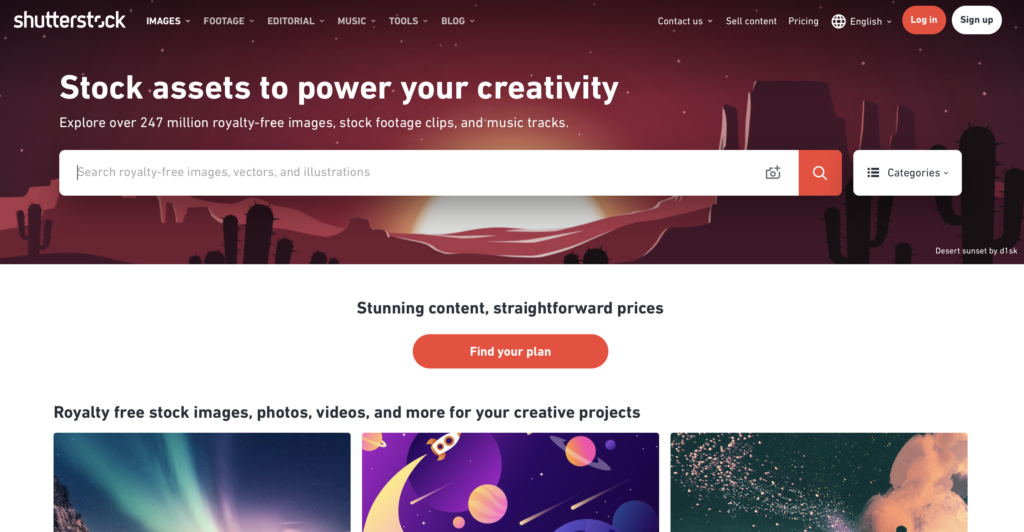
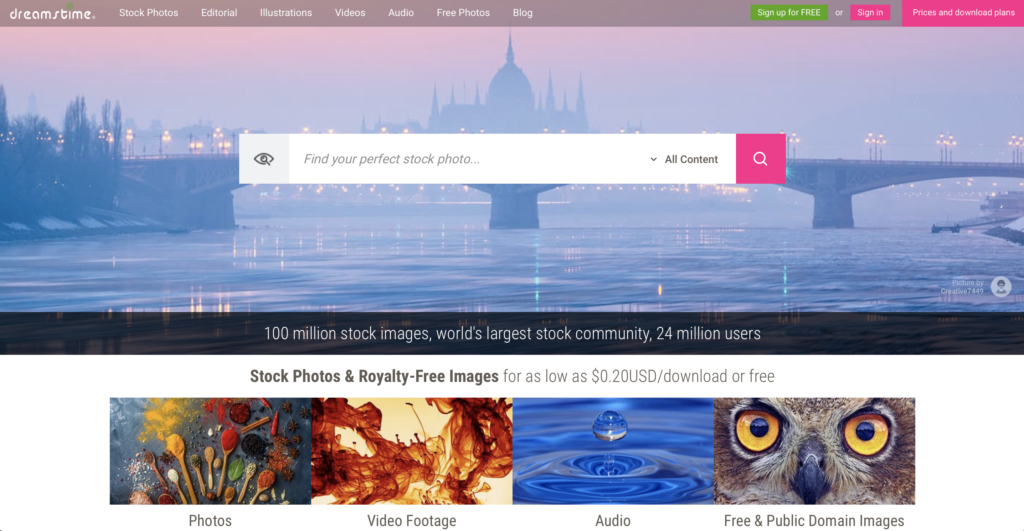
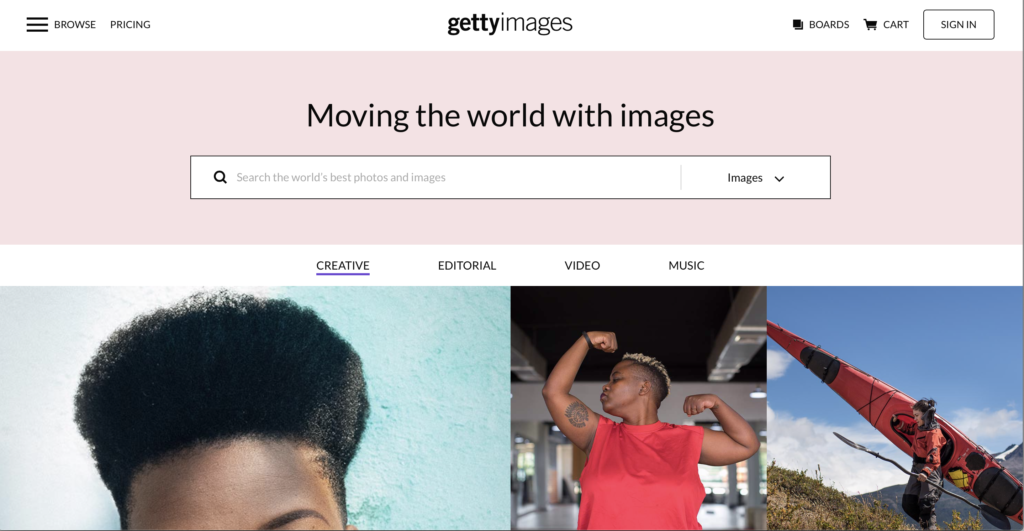
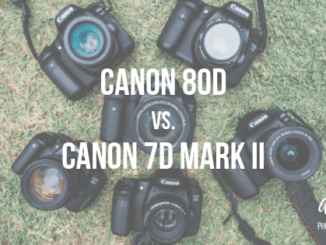
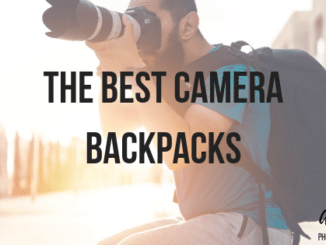

A great article about stock photography! Indeed, it is a fun, rewarding, but not always easy job! It’s a number’s game, in which you can play by learning more about keywording, and improving your photography skills. Love the tip about “resubmitting”, hoping that another reviewer gets to see the picture and approves it 😉 Works quite often unfortunately!